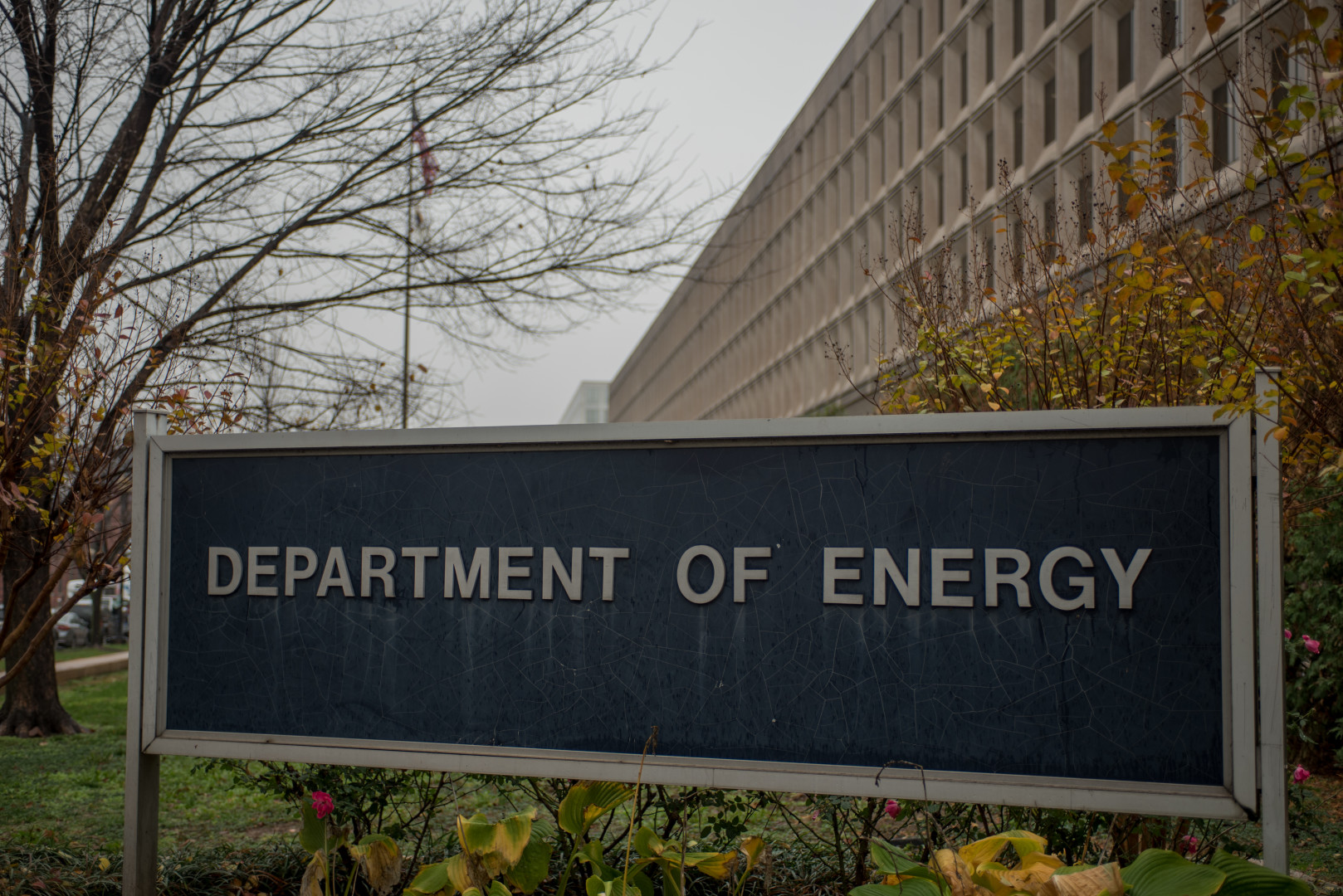July 27, 2017 at 3:49 pm ET
- Share on Facebook
- Share on Twitter
- Share on LinkedIn
- E-mail to a friend



The House passed a government spending bill on Thursday that would provide a small funding boost for energy storage research as part of the appropriations for energy and water development programs in fiscal 2018.
House lawmakers voted 235-192 to pass a “minibus” spending bill that includes $37.56 billion for energy and water development — $3.6 billion more than the White House request. The appropriations bill would then head to the Senate, where similar legislation calls for $38.4 billion in funding for the next fiscal year.
House lawmakers on Wednesday adopted an amendment offered by Rep. Mike Gallagher (R-Wis.) that would shift $10 million from the Energy Department’s administration account to its Office of Electricity Delivery and Energy Reliability for energy storage systems demonstrations. Despite the small dollar amount, Gallagher said it’s a sign of bipartisanship on the issue.
“There’s growing, strong support among conservatives for a smart approach to energy that is both environmentally friendly and economically friendly,” Gallagher said in a brief interview Thursday.
The House adopted the amendment by voice vote on the same day the Information Technology and Innovation Foundation published a study that recommends continued federal investment in late-stage energy research. That analysis evaluated 53 demonstration projects initiated between 2009 and 2011 that received federal funding through 2015. Of those, 16 were energy storage projects that relied on the federal government for almost half of their funding, 10 of which have been successfully completed.
“When these projects actually do get built, it’s very rare for them to be built entirely with private funding,” lead author David Hart, former innovation director for the manufacturing industry at the White House during the Obama administration, said at an ITIF panel discussion Wednesday.
Hart, who’s now a senior fellow at ITIF and a professor of public policy at George Mason University, said demonstration projects are integral to the commercialization of technology because complex energy systems need to be developed gradually. The poster child for proper development and deployment, he said, is the Petra Nova carbon capture project in Texas: completed on time, under budget and led by the private sector with the reassurance of federal funding.
President Donald Trump’s fiscal 2018 budget calls for eliminating the Energy Department’s Advanced Research Projects Agency-Energy program, which Hart said has dealt with several energy storage projects.
The Senate’s energy and water development spending bill includes a record $330 million for ARPA-E, compared with the $306 million appropriated for the current fiscal year. The House measure would not appropriate funds for ARPA-E.
Energy Secretary Rick Perry has expressed support for the agency’s National Laboratories, as well as federal support for the early stages of energy research. But he has also backed proposed funding cuts, arguing that important energy research will be pursued by private investors.
“The Department’s support for the National Labs comes from the top and that support remains strong,” Shaylyn Hynes, spokeswoman for the Energy Department, said in an email. “Changes are not being considered until we know what resources Congress will appropriate to DOE at the end of the FY18 budget process.”
This article has been updated to reflect House passage of the spending bill on Thursday.